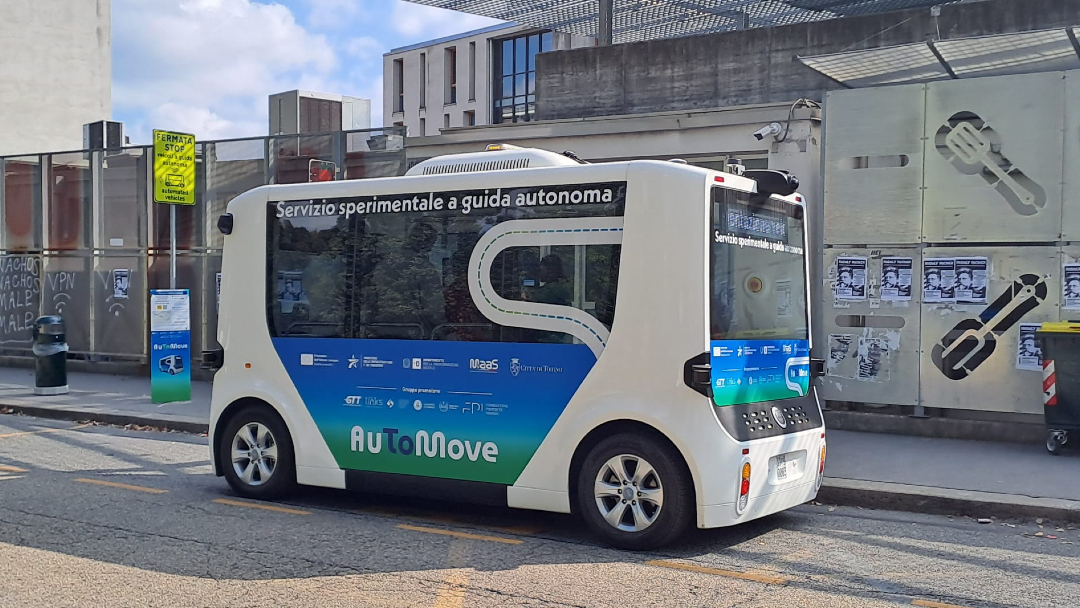Content extracted from the speech by Stefano De Carlo, Founder & CEO of AutomatiKing.com, during Qonto’s PowerUp Masterclass on June 12, 2025. Entrepreneur, trainer and author, with his company he helps companies all over the world to automate business, increase sales and find time for what really matters.
In the startup world, often the difference between those who grow and those who get stuck doesn’t depend on the idea, the product or the team. It depends on the ability to build systems.
Too often we see founders and marketers chasing the latest tool of the moment: today a new CRM, tomorrow a webinar platform, the day after tomorrow an email marketing software. The result? Every week we start from scratch, without ever consolidating a process that works.
The truth is that you don’t need an extra tool: you need an ecosystem of automations.
A system capable of attracting leads, educating them, nurturing them and converting them into customers, without having to reinvent everything every time.
In this guide, we’ll delve into:
- because it is better to think in terms of the ecosystem and not of individual tools;
- the three fundamental pillars for the digital sale of a startup;
- concrete examples, psychological models and tools to be tested;
- a simple framework (ARC) to organize growth.
Why a tool is not enough: the logic of ecosystems
Let’s start with a key concept: each tool alone is an illusion.
If you choose a CRM without having a nurturing process, it will just be an empty contact list. If you invest in a webinar platform without a follow-up system, it will be an event for its own sake.
The common mistake is what we might call tool hopping:
- today Bitrix24 because a competitor uses it,
- tomorrow Hubspot because “it’s cool”,
- then away with GetResponse because it costs less.
Each change of tool takes away time, energy and focus.
The solution is to think in terms of coherent ecosystems: a flow in which pieces talk to each other and accompany the lead from attraction to conversion.
Pillar 1 – Lead Generation and Qualification
Lead generation is the lifeblood of any startup. But it is not enough to have many contacts: you need to be able to distinguish those who have real potential to become customers.
Inbound vs Outbound: the metaphor of the hunter and the farmer
Imagine two approaches:
- Outbound (hunter): you go out, aim and shoot. It is the approach of cold calling, purchased databases, racy ads. It’s straightforward, but expensive and often inefficient.
- Inbound: Prepares the soil, plants, waters, and harvests. It is the approach of content, blogging, videos, SEO, webinars. It brings slower results at first, but much more sustainable over time.
The numbers speak for themselves: according to various researches, inbound leads cost an average of 61% less and have higher conversion rates.
Tools to qualify leads
A good lead scoring system (attributing scores to contacts) allows you to understand who is warm and ready to buy and who still needs to be educated.
Recommended tools:
- Hubspot → complete, powerful, but costly CRM.
- Bitrix24 → flexible CRM with great value for money.
- ActiveCampaign → great for marketing automation and email.
- GetResponse → versatile for those looking for a more accessible all-in-one system.
Practical checklist:
- Do you already have an active CRM used by the team?
- Do you know what criteria define a qualified lead for you?
- Have you set up a scoring or segmentation system?
Pillar 2 – Nurturing with Content and Evergreen Webinar
One of the most common mistakes in startups is to believe that it is enough to offer a lot of free content to convert prospects. Ebooks, guides, free webinars in spades… but in the end the audience is filled with “curious” and not with customers.
The problem of “everything for free”
When everything is free, the market gets used to not attributing value.
A small price, even symbolic, filters those who are really interested. For this reason, more and more companies use even minimal paid events or resources (€5, €10): those who pay, even a little, show a different commitment.
The power of automatic nurturing
Nurturing means educating and accompanying the lead until the purchase decision. This can be done with:
- automatic email sequences → once set up, work in the background;
- valuable videos → the face and voice create trust much more than a text;
- Evergreen webinar → content recorded once, but presented as “always new”.
Russell Brunson’s Perfect Webinar Model
One of the most famous frameworks is Russell Brunson’s Perfect Webinar , based on three steps:
- The great idea → to open with a strong promise that captures attention.
- Valuable content → teach something useful, but not everything. Give enough to build trust.
- Offer stack → present the offer as a natural consequence, with bonuses and clear call to action.
With good post-webinar follow-up, conversion rates can exceed 90%.
Useful tools:
- EverWebinar → to automate webinars.
- Zoom + Gemini → to organize live events and immediately turn them into transcribed and reusable assets.
- WhatsApp Business → to make personalized and fast follow-ups.
Pillar 3 – Strategic Pricing Plans
Many startups invest time in product and marketing, but underestimate pricing.
Yet the way you present pricing options can fundamentally change your turnover.
The psychology of the three planes
A classic is the logic of the three floors:
- Basic → entry level, it covers the minimum needs.
- Intermediate → with more value, often presented as “most chosen”.
- Advanced → premium, with all the features.
The psychological effect pushes most people to choose the intermediate plan.
It is the same as at Starbucks: between small, medium and large, the majority choose the medium, which has the best margin for the company.
The result? An increase in the average basket value of up to +35%.
Pricing mistakes to avoid
- Use trivial names (“floor 1, floor 2, floor 3”).
- Presenting too many plans (more than three is confusing).
- Unclear or messy tables.
Useful tools:
- Elfsight → to create and integrate elegant pricing tables on your site.
- Claude → to introduce gamified dynamics (e.g. unlockable discounts).
The ARC Framework: Attraction – Relationship – Conversion
In order not to get lost among a thousand tools and strategies, you can follow a simple model: ARC.
- Attraction → bring visitors into your ecosystem (SEO, blog, social, adv).
- Relationship → build trust and connection (newsletters, videos, automatic nurturing).
- Conversion → transform the lead into a customer (funnel, pricing table, agenda management).
This scheme helps not to get too complicated: for every action you do, always ask yourself “am I working on attraction, relationship or conversion?”.
Conclusion: The Next Step
Automating does not mean losing humanity. It means freeing up time and resources to focus on what really matters: listening to customers, improving the product, growing the team.
The three pillars of qualified leads, smart nurturing, and strategic pricing are the foundation of any startup that wants to scale.
The real question that will guide you is: “what is the next step I can automate today in my startup?”





